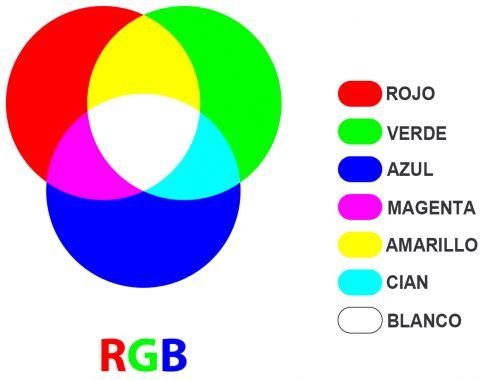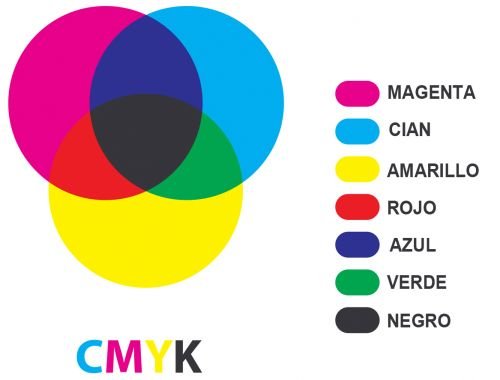Primary colors: What are they, Characteristics, Systems
Primary colors
What are the primary colors?
Primary colors are those that cannot be obtained by mixing any color, that is, they are absolute colors with fully differentiated characteristics.
Secondary colors arise from the mixture of two primary colors in equal proportions. Consequently, from the mixture of three primary colors or a primary color with a secondary one, tertiary colors emerge.
There are three classification models for primary colors: RGB, CMYK and traditional or RYB. Although each model has a different classification, they agree that there are three primary colors. Let's see.
RGB system
In the RGB system, also called “additive color synthesis”, the primary colors are blue, green and red ( red , green , blue in English, from where it comes from the acronym RGB).
This model is based on the theory of color as radiation of light. Thus, color results from the "addition" or "addition" of lights with different wavelengths, as televisions and other electronic screens work.
Combination of the primary colors in the RGB model
 Primary and secondary colors in the RGB model.
Primary and secondary colors in the RGB model.
The mixing of the primary colors in the RGB system produces the following secondary colors:
- Blue and green = cyan
- Blue and red = magenta
- Green and red = yellow
According to the RGB or color-light model, mixing the three primary colors red, green, and blue produces white.
Sistema CMY o CMYK
In the CMY or CMYK system, the primary or basic colors are cyan, magenta, and yellow ( cyan , magenta, and yellow in English). In some cases, black is incorporated as support ( black in English, from which it takes its last letter to complete the acronym CMYK).
This model, also known as subtractive color synthesis, is based on the theory of pigments, according to which mixtures absorb the waves that refract colors.
This means that, contrary to the additive color system, this model "removes" or "subtracts" wavelengths from reflected lights. CMYK is the one used in specific printers and materials. For this reason, its use is frequent in the plastic arts.
Combination of primary colors in the CMYK model
 Primary and secondary colors in the CMYK model.
Primary and secondary colors in the CMYK model.
Mixing of basic colors in the CMYK system results in the following secondary colors:
- Yellow and magenta = red
- Magenta and cyan = blue
- Cyan and yellow = green
According to the CKYK or color-pigment model, the mixture of the three primary colors cyan, yellow and magenta produces the color black.
Traditional model
The traditional model, also known as RYB, refers to the classic classification of the primary colors in red, yellow and blue ( blue , yellow and red in English). It can be considered an antecedent of the CMYK model.
The RYB model had its origins in the 16th century and continues to be part of the collective imagination, although it has already been replaced by the more specialized and precise RGB and CMYK systems.
Combination of primary colors in the traditional model
 Primary and secondary colors in the traditional model.
Primary and secondary colors in the traditional model.
According to the RYB model, mixing the primary colors results in the following secondary colors:
- Yellow and blue = green
- Yellow and roll = orange
- Blue and red = purple
Update date: February 14, 2021.
Recommended content
- 10 Characteristics of Self-Esteem
- 10 Characteristics of an Autobiography
- 10 Characteristics of the Autarchy
- 36 types of communication › What is it, Characteristics, Verbal, Non-verbal
- 5 examples of social equality
- 50 examples of hyperbole › What is it, Characteristics, Poetry and Narrative
- 6 differences between physical and moral person › What is it, Physical and Moral Characteristics
- 61 analogy examples › What is, Characteristics, Metaphors
- 7 universal values for a better world
- Amphibology » What it is, Characteristics, Concepts